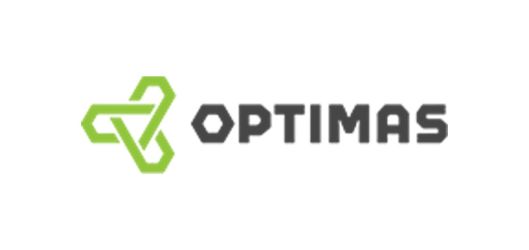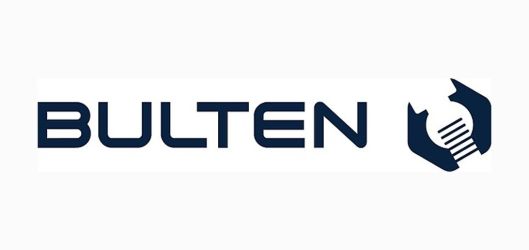
Bufab’s promising start to Q1 was hit by the coronavirus and its effects on customers, suppliers and Bufab’s own operations.
With a global operation, Bufab had some early experience of working with the pandemic thanks to its facilities in Asia. President and CEO Jörgen Rosengren explained: “China and Southeast Asia were already affected in January by the restrictions implemented after the Chinese New Year. Our subsidiaries in Asia had to rapidly prepare action programmes to enable them to conduct operations safely and efficiently despite the epidemic. This experience was very valuable when the virus subsequently spread to Europe and North America.”
The group prioritised health and safety, quality and deliveries to customers, and financial stability.
After reorganising work in its subsidiaries to have minimal risk of spreading the virus, Bufab was then faced with substantial fluctuations in its customers’ own manufacturing and delivery plans. Rosengren said: “Our suppliers, first in China, then southern Europe and thereafter all of Europe and North America, were affected by reduced capacity or complete closure of their operations. We are very satisfied that we have kept our customers supplied without disruption or quality defects throughout this period.
Strong Q1 numbers and furloughing according to demand
Overall in Q1 2020, Bufab saw net sales grow 21% to SEK 1,316 million (2019 Q1: 1,091m).
While organic growth was -5%, order intake was in line with net sales. Operating profit (EBITA) rose to SEK 126 million (2019 Q1: 119m) while operating margin was 9.5% (2019 Q1: 10.9%)
“Toward the end of the quarter, demand returned in China and Southeast Asia. At the same time, it became clear that many customers in Europe and North America had to close operation or reduce capacity. At the beginning of April, demand declined by 30%. Accordingly, during the same period of time, we were forced to implement comprehensive furloughing and some workforce reduction in 30 subsidiaries. The objective is to reduce the working hours to the same extent as demand during the second quarter.
“Accordingly, in the first weeks of April, we reduced staffing by 30% of normal levels, which generated significant cost savings. If demand declines further, we will take additional measures.
“During the first quarter, we reorganised the business into four operating segments instead of the previous two. The segments have been impacted in different ways by the crisis. In segment East, demand was weaker at the beginning of the quarter in China, but stronger at the end of the quarter. Segments West and North, on the other hand, had a rather strong start, but experienced a sharp slowdown toward the end of the quarter. This was particularly noticeable in certain industries, such as automotive and furniture/kitchen, as well as in countries with particularly strong restrictions, as for example France and Austria. Finally, segment UK/North America had a strong start of the quarter. At the end of March and beginning of April, when the US, the UK and Mexico introduced strict lockdown measures, it naturally affected us, too.
“However, the overall impact on demand was moderate during the quarter. In fact, both sales and earnings for the first quarter of 2020 were Bufab’s strongest ever.”
Outlook
Despite those positive stats, Bufab confirmed that Q2 conditions are challenging: “We can expect a strong fall in sales in April and it is impossible to say how long a recovery will take. On the one hand, many customers are indicating an intention to resume their operations relatively soon, while on the other hand, the pandemic’s development is impossible to predict. Accordingly, we have taken robust measures to reduce costs and to ensure the ability to also manage a prolonged period of low demand. At the same time, it is important to be able to quickly return to full capacity. Bufab’s action programme therefore prioritises speed and retained flexibility.”



